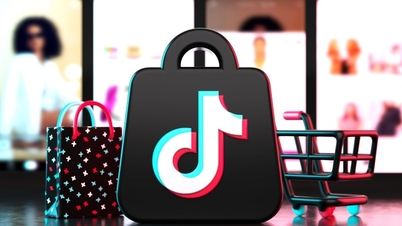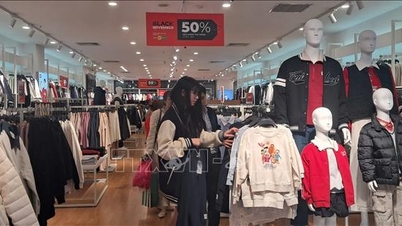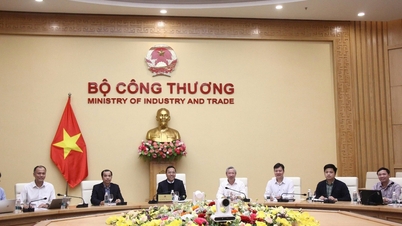
Consumers shop at a supermarket in California, USA. (Photo: THX/TTXVN)
According to the latest forecast from the National Retail Federation (NRF), sales during this year's holiday season (November 1-December 31) are expected to surpass the $1 trillion mark for the first time, growing 3.7-4.2% over last year. This impressive figure comes amid extremely low consumer confidence.
Mark Mathews, chief economist at the NRF, said consumers remain very concerned about inflation and price trends. He pointed out that, excluding the post-pandemic period, the last time consumer confidence was this low was in the early 1980s. But he also noted that a surprising fact over the past few years is that consumers have continued to spend strongly regardless of their assessment of the overall situation.
The world’s largest economy still faces many challenges. The impact of the 43-day government shutdown, which has left hundreds of thousands of federal workers without pay, has temporarily dented demand, though the situation is expected to recover quickly. In addition, the administration’s volatile tariff measures could also affect some products.
Still, experts believe that fierce competition in the marketplace will be key to keeping prices in check. NRF President Matt Shay said retailers are taking a “proactive and aggressive approach” to avoid passing the cost burden onto consumers. Competition, especially in online deals, will help shoppers avoid a massive price increase.
E-commerce continues to be a major driver of the holiday shopping season. Online sales are expected to reach $253.4 billion, up 5.3% year-over-year, according to Adobe Analytics. During the 10-day peak period from Black Friday through Cyber Week, daily spending could reach a record $5 billion.
But behind the impressive overall numbers lies a more cautious picture of personal spending. A survey from the Conference Board found that Americans plan to spend an average of $990 this holiday season, down 6.9% from 2024. Stephanie Guichard, a senior economist at the Conference Board, said consumers are showing a “moderation” trend after years of tightening their belts due to inflation. They are focusing on buying essentials as gifts rather than luxury items. The “buy now, pay later” trend is also growing, allowing people to spread out payments.
This holiday season has also seen the rise of new shopping technologies. Artificial intelligence (AI) chatbots like ChatGPT and Gemini are becoming powerful tools to help users find the best products and deals. Data from Adobe shows that traffic to retail sites from AI sources increased 1,200% in October compared to the same period last year, and these users made purchases at a 16% higher rate.
In addition, "social commerce", which is selling directly to consumers on social media platforms, is also a notable trend. Stores, through social media influencers (KOLs), often offer attractive discount codes, effectively promoting sales.
In terms of hot items, experts predict that the Nintendo Switch 2 and the latest iPhone 17 will be hot tech products. Additionally, with economic uncertainty causing people to move less, home appliances and home improvement items will also be popular choices in Americans' shopping carts this holiday season.
Source: https://vtv.vn/chi-tieu-mua-le-hoi-cuoi-nam-tai-my-co-the-dat-ky-luc-100251125102703815.htm














































































































Comment (0)